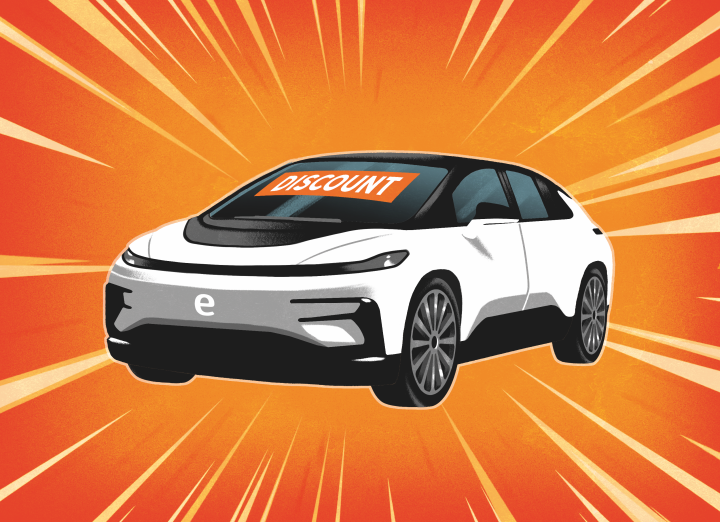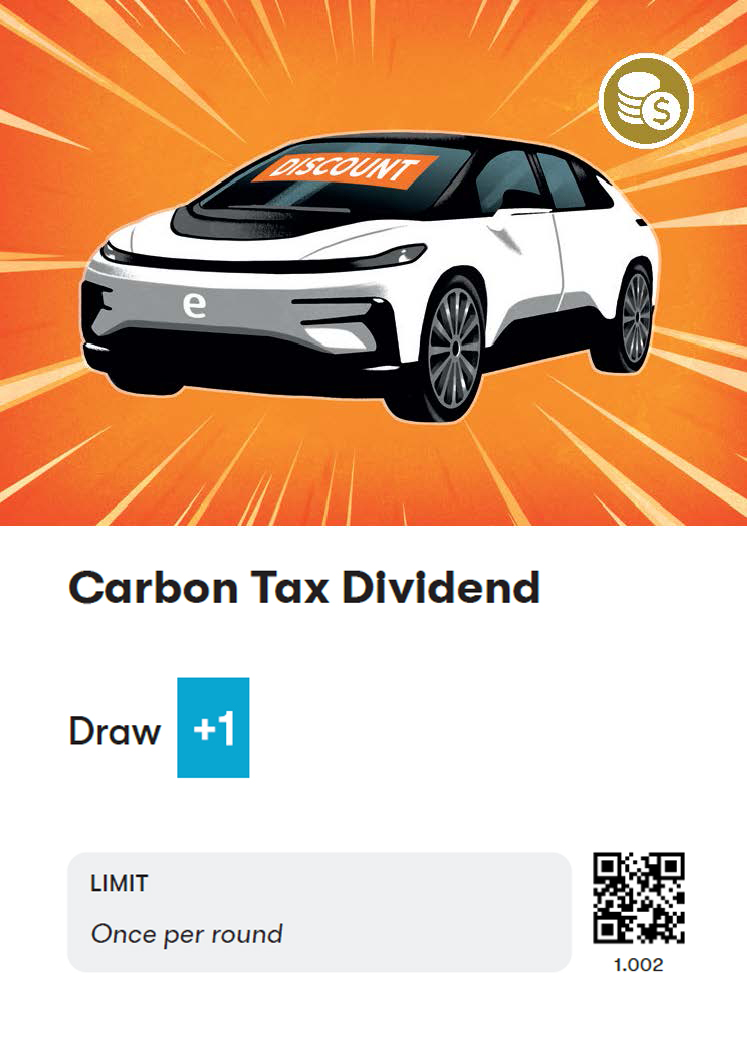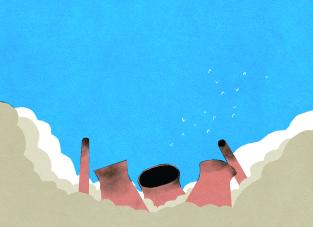Carbon Tax Divident
Local Project
One of the simplest ways of nudging an entire economy towards clean energy is to make dirty energy more expensive by taxing it. A number of countries and provinces or states have implemented some form of ‘carbon tax’, which means you pay taxes based on the amount of greenhouse gas emissions your activities produce.
The carbon tax rate usually starts low and increases steadily over time. In many carbon tax trials the tax costs haven’t been set high enough to cause a significant transition to clean energy equipment, and they have less impact on wealthy people, who can afford to pay more tax but produce more greenhouse gas emissions by consuming more. However, carbon taxes at least always encourage efficiency.
Because a carbon tax in itself would increase energy prices in the short term, most policy proposals specify a specific use of the revenue. The most common proposal is a “tax and dividend” or “fee and dividend” policy where the total revenue collected by the tax is distributed in equal amounts to every citizen – you would get back the same amount no matter your personal energy use, but you could pay less into the carbon tax if you used energy more efficiently or switched to clean energy options. This policy protects most people economically while incentivizing energy efficiency and renewable energy adoption. However, if less wealthy groups aren’t supported to retrofit their homes and buy electric vehicles then they risk being penalized by this approach.
Draw 1 more Local Project card.

How to Sound Like You Understand Carbon Pricing (The Zero Carbon Campaign)
No, Carbon Taxes Aren’t Socialist (Jacobin)
What a carbon tax can do and why it cannot do it all (World Bank blogs)
Join or start a local campaign for carbon taxes, such as the Zero Carbon Campaign in the UK.
Write to your local representatives to ask them to support legislation to introduce fair carbon taxes.



